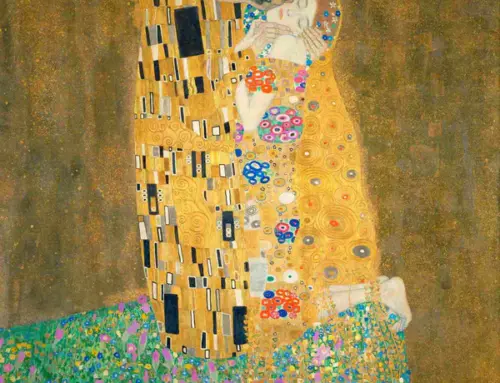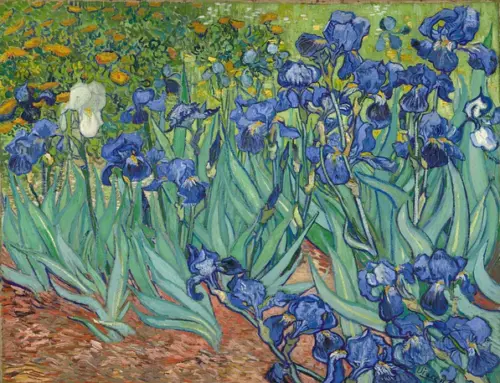Buy a Framed Reproduction Painting of Claude Monet’s San Giorgio Maggiore at Dusk
Claude Monet’s “San Giorgio Maggiore at Dusk” is a mesmerizing depiction of the iconic Venetian church bathed in the soft, ethereal light of dusk. Painted during Monet’s visit to Venice in 1908, the artwork captures the serene beauty and timeless allure of the city’s architecture. The subtle gradations of color in the twilight sky, ranging from delicate pinks and purples to deep blues, create a captivating backdrop against which the illuminated facade of San Giorgio Maggiore stands out in stark relief.
Monet’s masterful handling of light and atmosphere in “San Giorgio Maggiore at Dusk” imbues the scene with a sense of tranquility and mystery. The reflection of the church’s glowing facade on the rippling surface of the Grand Canal adds depth and dimension to the composition, blurring the line between reality and reflection. The play of light and shadow creates a dynamic interplay of form and space, inviting viewers to immerse themselves in the enchanting ambiance of the Venetian twilight.
Through his bold brushwork and expressive technique, Monet captures not only the physical beauty of the scene but also its emotional resonance. The quietude of the twilight hour and the stillness of the water evoke a mood of introspection and contemplation, inviting viewers to pause and reflect on the fleeting nature of time and beauty. “San Giorgio Maggiore at Dusk” serves as a timeless reminder of the power of art to transport us to other worlds and awaken our senses to the beauty that surrounds us.
Want to own this piece at a fraction of the price? Head over to the C.O.R reproduction art website and take a look at what they have to offer. Any size, any frame, and at a price you won’t want to miss out on.
Ten interesting facts about Claude Monet’s San Giorgio Maggiore at Dusk
Here are ten interesting facts about Claude Monet’s “San Giorgio Maggiore at Dusk”:
- Location Inspiration: The painting depicts the Benedictine church of San Giorgio Maggiore in Venice, Italy, as seen from across the Grand Canal. Monet visited Venice in 1908 and produced a series of paintings capturing the city’s unique atmosphere and light.
- Variation in Lighting: “San Giorgio Maggiore at Dusk” is celebrated for its atmospheric depiction of twilight. Monet masterfully captures the subtle shifts in light and color as day transitions into night, creating a sense of tranquility and mystery.
- Series Painting: Monet painted multiple versions of “San Giorgio Maggiore” during his time in Venice, each capturing the scene at different times of day and under varying atmospheric conditions. This series exemplifies Monet’s fascination with capturing the fleeting effects of light and weather.
- Impressionist Style: As a leading figure of the Impressionist movement, Monet employed his signature brushwork and emphasis on light and color in “San Giorgio Maggiore at Dusk.” His loose, expressive technique conveys a sense of movement and immediacy, inviting viewers to experience the scene in real-time.
- Reflections on Water: The painting features the iconic Venetian motif of reflections on water, with the illuminated facade of San Giorgio Maggiore mirrored in the rippling surface of the Grand Canal. Monet’s skillful rendering of reflections adds depth and dimension to the composition.
- Use of Color: Monet’s color palette in “San Giorgio Maggiore at Dusk” is rich and nuanced, with delicate shades of pink, lavender, and blue dominating the twilight sky. These subtle hues create a dreamlike ambiance, evoking the ethereal beauty of Venice at dusk.
- Simplified Forms: Monet’s approach to composition in “San Giorgio Maggiore at Dusk” is characterized by simplified forms and a focus on capturing the essence of the scene rather than precise detail. The church’s distinctive silhouette and the surrounding architecture are rendered with bold, gestural strokes.
- Emotional Resonance: Despite its serene subject matter, “San Giorgio Maggiore at Dusk” carries a sense of melancholy and introspection. The quietude of the twilight hour and the soft glow of the city lights evoke a mood of contemplation and nostalgia.
- Exhibition and Reception: “San Giorgio Maggiore at Dusk” was exhibited at the Salon d’Automne in Paris in 1912, where it received praise for its evocative portrayal of Venice’s unique atmosphere. The painting continues to be celebrated as one of Monet’s masterpieces.
- Legacy and Influence: “San Giorgio Maggiore at Dusk” is now housed in the National Museum of Western Art in Tokyo, Japan, where it remains a beloved and iconic work of art. It stands as a testament to Monet’s enduring legacy as one of the greatest painters of the Impressionist era.







Leave A Comment